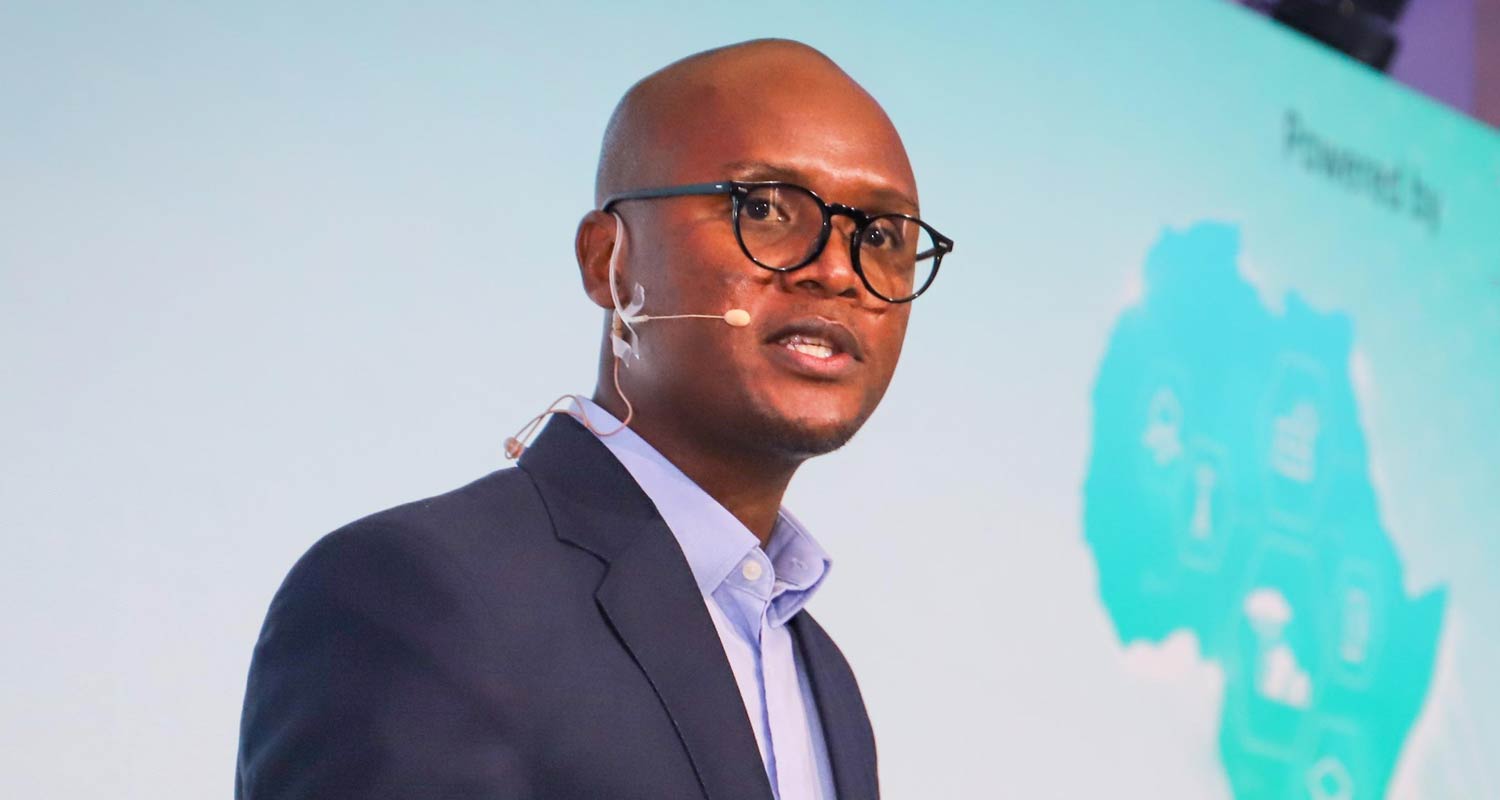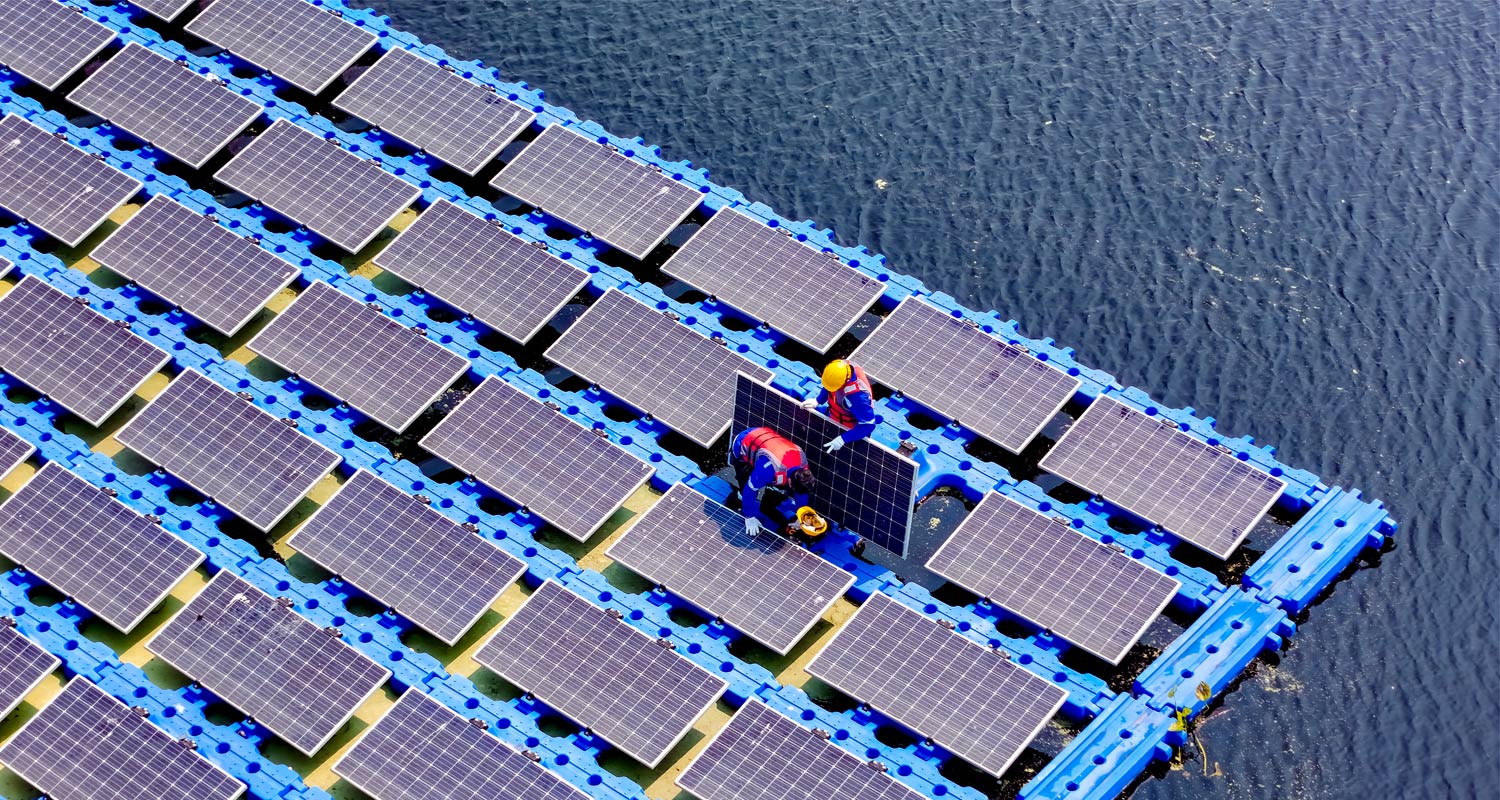
Communications minister Solly Malatsi has said electrification through renewable energy sources is key to the adoption of digital services in South Africa and the rest of the African continent.
Speaking on Monday at the Ministerial Forum 2024 — an event hosted by the department of communications & digital technologies in collaboration with the Africa Telecommunications Union ahead of Africa Tech Week in Cape Town — Malatsi said promoting digital inclusion in Africa must be preceded by universal access to electrification.
“Digital technologies are now an essential facilitator for social inclusion. They allow for the delivery of real-time services that enable individuals to learn to work and live without being subject to any social barriers,” Malatsi said. “However, we cannot ignore the reality that Africa still remains one of the least electrified regions in the world.”
According to the minister, more than half a billion people in Africa, the majority of whom live in rural areas, will remain without power by 2030. Only eight African countries are expected to achieve universal electricity access by 2030 and, in some parts of the continent full electrification could take over 100 years, he said.
Malatsi said the opportunities for upward mobility and economic inclusion presented by digital technologies are counterbalanced by the risk of further exacerbating the wealth gap between the connected and unconnected if digital infrastructure does not reach those in poor, rural and outlying communities.
But the challenges faced by internet infrastructure players such as fibre operators and mobile network operators, for whom the business case for building in rural communities is often difficult to justify, is mirrored in the energy sector because power infrastructure is also expensive to roll out to these areas. To solve the problem, Malatsi said African countries must look to renewable energy sources to drive down the cost of electrification.
Alternative energy
“Africa is uniquely positioned to lead the world in renewable energy production. The continent is blessed with an abundance of solar and wind energy resources, which means we are in a position to leverage these alternative energy uses for connectivity purposes,” he said.
Hover Gao, president of Huawei in sub-Saharan Africa, who also spoke at Monday’s conference, said the Chinese mobile infrastructure company believes the development of solar microgrids is “an ideal way to make very cheap, sustainable and inclusive electricity in the region”.
Read: Malatsi tells government: ‘Pay your TV licence fees’
According to Gao, Huawei has piloted its solar microgrid solution, dubbed Rural Digital Plus, in multiple regions on the continent for powering local homes, schools and clinics in rural communities. This electrification has increased internet penetration rates where the solution has been implemented, he said.
“Once rural people have a stable supply of electricity, they can also have internet access, but you cannot do one before the other – you must electrify first,” said Gao.
 Electrification is not the only barrier to increasing the rate of digitisation on the African continent. Device penetration and inadequate digital skills also persist. According to Malatsi, driving digital inclusion requires a multifaceted approach that includes expanding access to digital infrastructure, enhancing skills, and ensuring that technology adoption is sustainable and inclusive.
Electrification is not the only barrier to increasing the rate of digitisation on the African continent. Device penetration and inadequate digital skills also persist. According to Malatsi, driving digital inclusion requires a multifaceted approach that includes expanding access to digital infrastructure, enhancing skills, and ensuring that technology adoption is sustainable and inclusive.
“The digital future of our country and the continent depends on our ability to integrate renewable energy with digital infrastructure. It is through this strategy that we can ensure that anyone and everyone has access to the benefits of digital technology,” said Malatsi. – © 2024 NewsCentral Media
Get breaking news from TechCentral on WhatsApp. Sign up here




